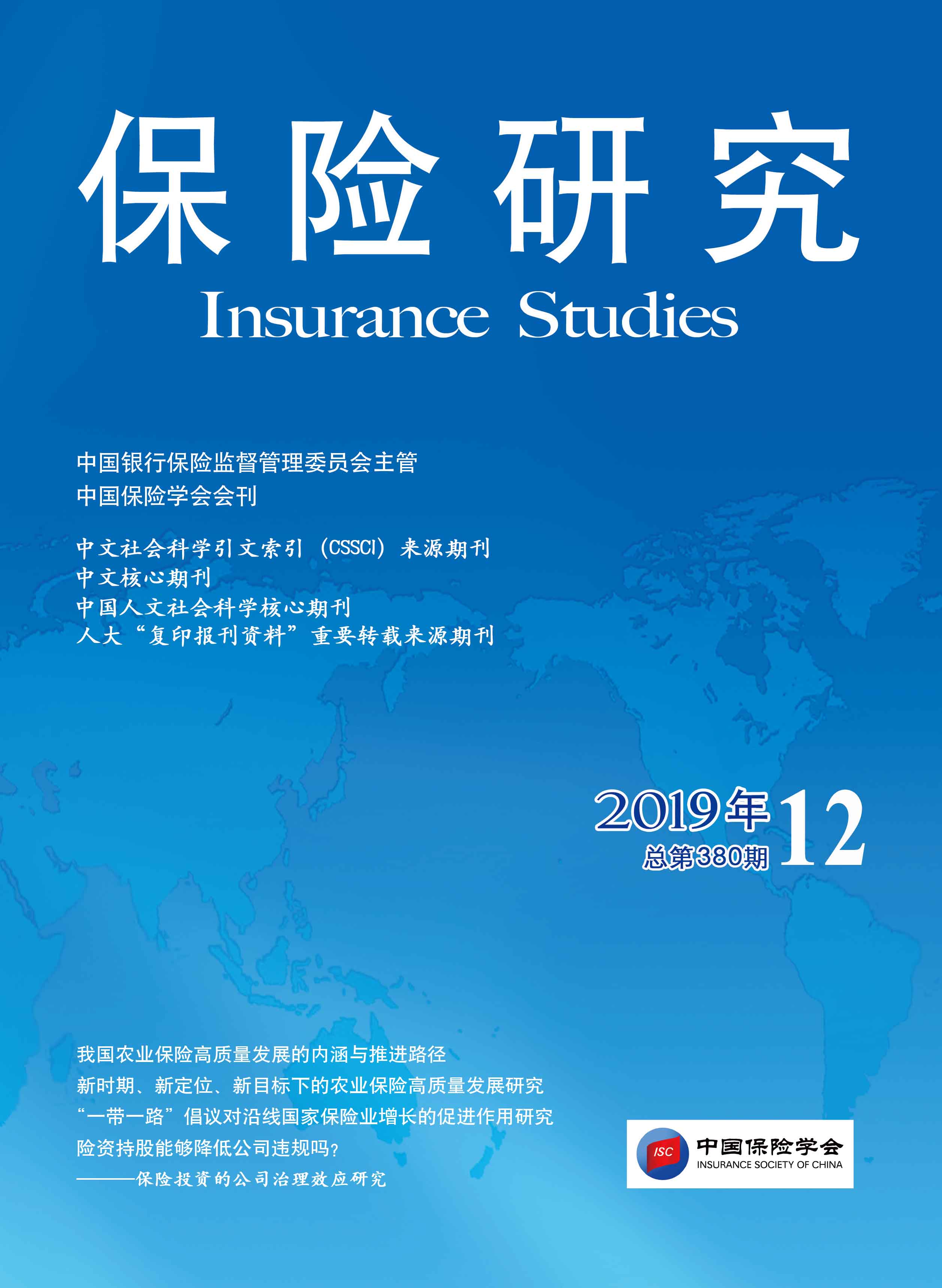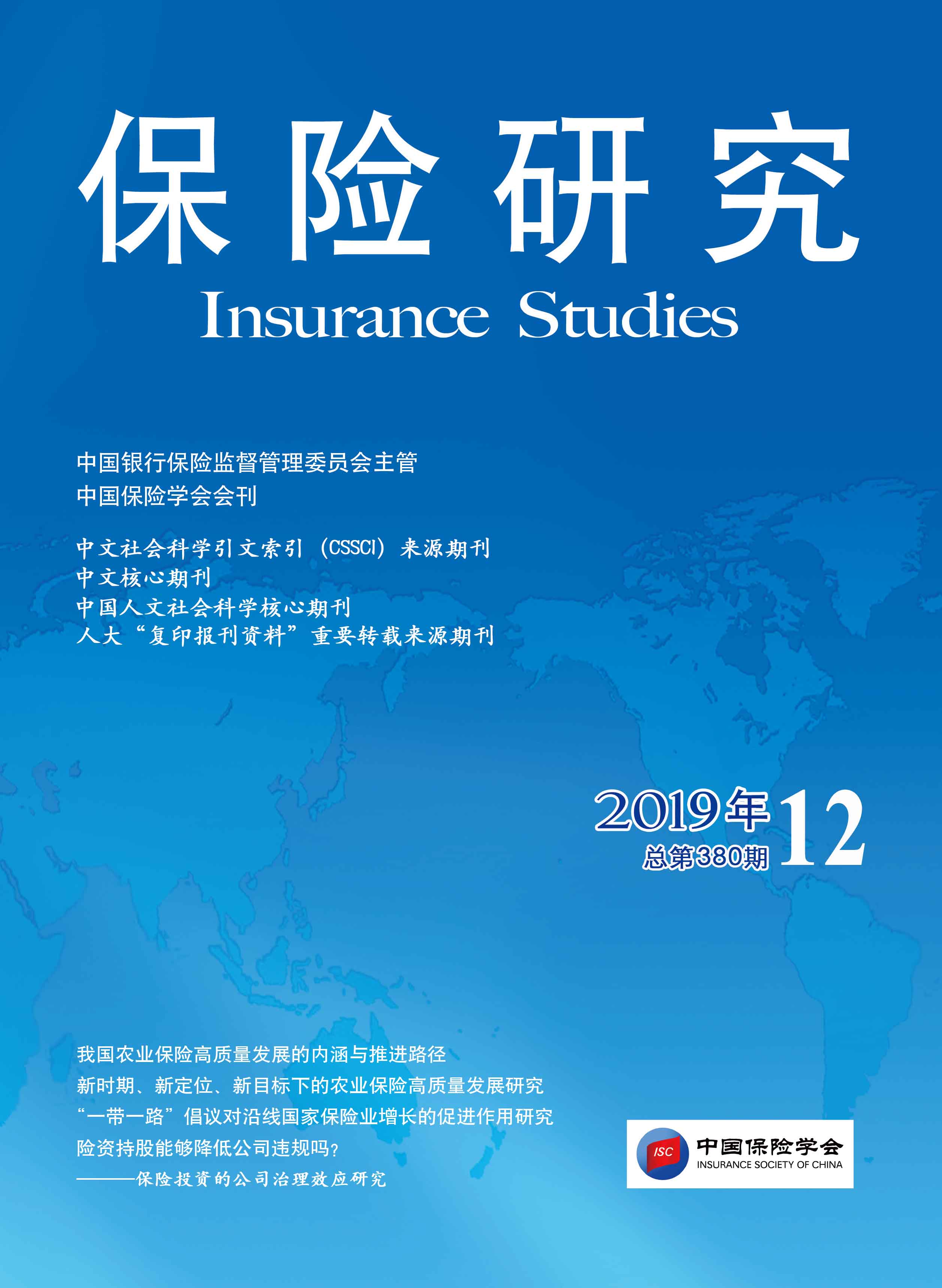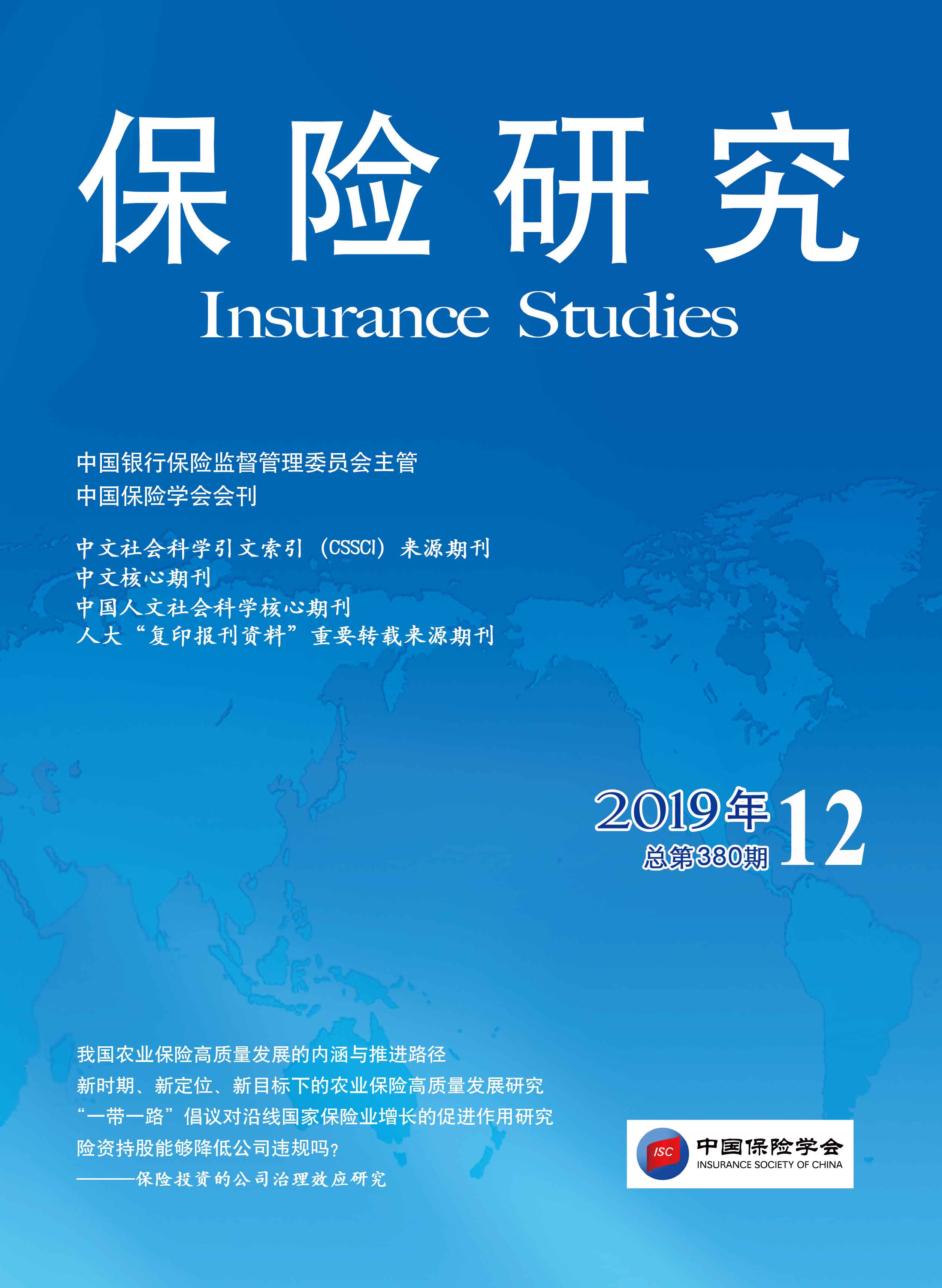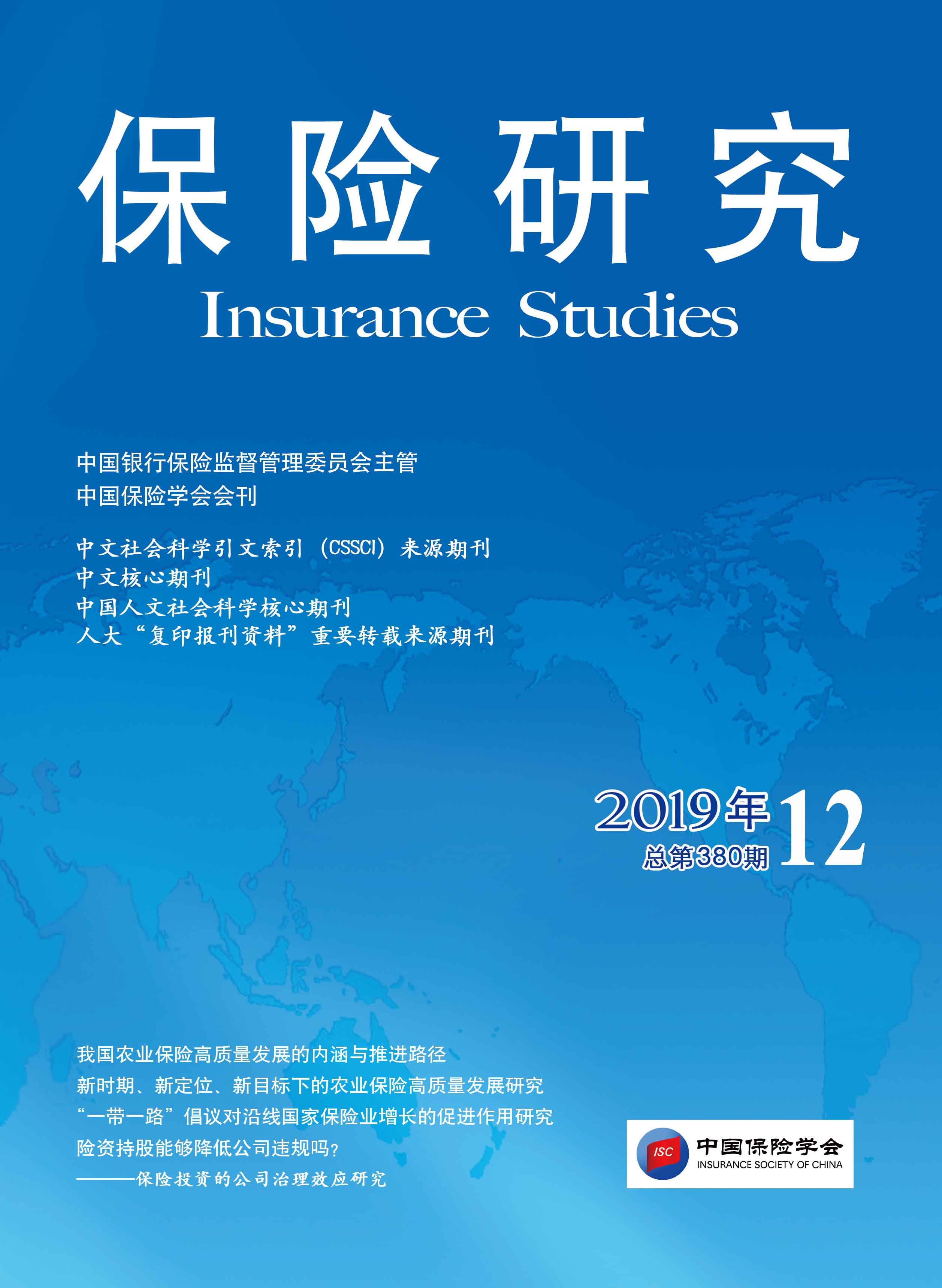
《保险研究》20190906-《基于异方差调整的粮食单产风险分布对保险费率厘定的影响研究》(任金政、李晓涛)
[中图分类号]F840.66 [文献标识码]A [文章编号]1004-3306(2019)09-0074-14 DOI:10.13497/j.cnki.is.2019.09.006
资源价格:30积分
- 内容介绍
[摘 要]粮食单产风险分布是费率厘定的重要依据。本文基于单产趋势估计中异方差现象对单产风险分布及费率的影响,构建了基于异方差的调整系数估计模型和区域产量保险费率测算方法,并利用1963~2017年全国27省主要粮食作物保险进行实证检验。结果发现:放松异方差假设对我国粮食单产风险分布及费率厘定具有显著影响,13个省份的一种或多种粮食作物存在趋势异方差现象,且分布具有集聚特征。其中,小麦和水稻的单产风险随产量具有缩小趋势,费率受异方差影响较大,玉米单产风险随产量略有增大,费率受异方差影响较少。研究结果对于粮食单产风险分布、风险区划及保险费率的调整具有重要意义。
[关键词]粮食保险;风险分布;异方差;费率厘定
[基金项目]国家自然科学基金面上项目“基于风险管控的粮食作物保险绩效研究:方法、水平与提升路径”(71873129)。
[作者简介]任金政,中国农业大学经济管理学院教授、博士生导师,研究方向:风险管理与保险,E-mail:rjzheng@cau.edu.cn;李晓涛,中国农业大学经济管理学院博士研究生。
The Impact of Crop Unit Yield Risk Distribution based on Heteroscedasticity Adjustment on Premium Rates
REN Jin-zheng,Li Xiao-tao
Abstract:Crop unit yield risk distribution is the basis for determining premium rate.Heteroscedasticity in trend projection is one of the important bases for representing the rule of risk change.Based on the theoretical analysis of the impact of the heteroscedasticity phenomenon in unit yield trend projection on the risk distribution of unit yield and premium rate,this paper constructed the method for premium rating on the basis of adjusted-parameter heteroscedasticity estimation model and regional crop yield,and carried out the empirical test on major food crops in 27 provinces from 1963 to 2017.It is found that relaxing heteroscedasticity hypothesis has a significant impact on the risk distribution and premium rate;one or multiple crops in 13 provinces have trend heteroscedasticity phenomenon and its distribution tends to congregate;among them,the yield hazard of wheat and rice decreases with the yield and the premium rate is greatly affected by heteroscedasticity,but the corn yield hazard increases with the yield and the rate is less affected by heteroscedasticity.The results have important practical significance for unit yield risk distribution,risk zoning and premium rate adjustment.
Key words:crop insurance;risk distribution;heteroscedasticity;premium rate calculation

《保险研究》20191209-《社会养老保险对家庭金融资产配置的影响研究》(卢亚娟、张雯涵、孟丹丹)

《保险研究》20191208-《基本医疗保险对老年人灾难性卫生支出的影响研究》(丁继红、游丽)

《保险研究》20191207-《慢病致贫与多层次医疗保障研究》(于新亮、申宇鹏、熊先军)

《保险研究》20191206-《外部治理对保险公司风险承担的影响研究——基于外部监管和产品市场竞争视角》(李艺华、郝臣)

《保险研究》20191205-《险资持股能够降低公司违规吗?——保险投资的公司治理效应研究》(许荣、方明浩、常嘉路)

《保险研究》20191204-《互联网使用与家庭商业保险购买——来自CFPS数据的证据》(杨碧云、吴熙、易行健)
